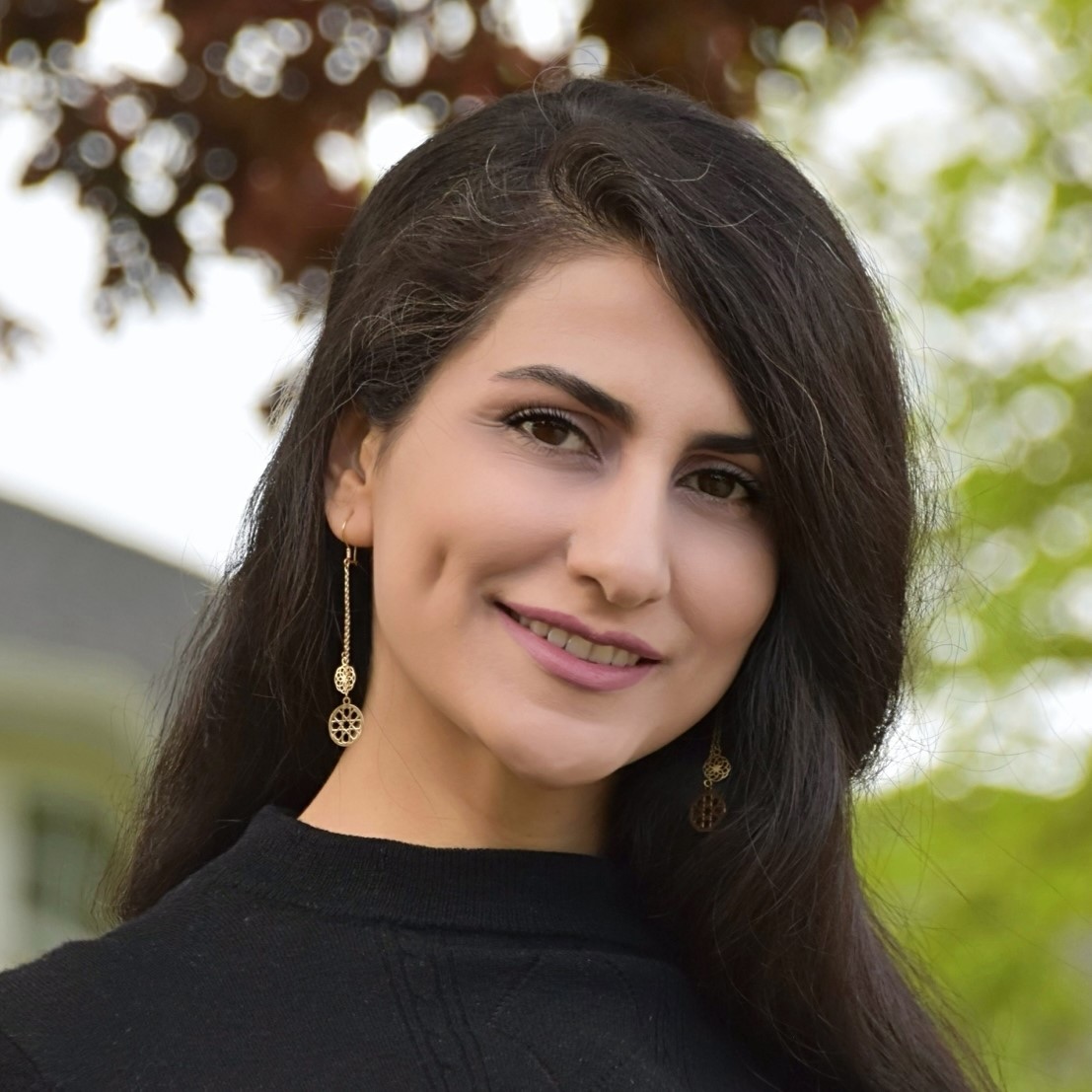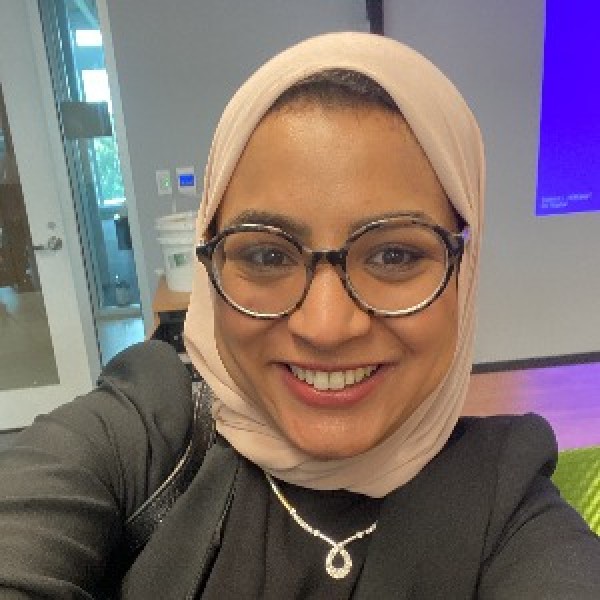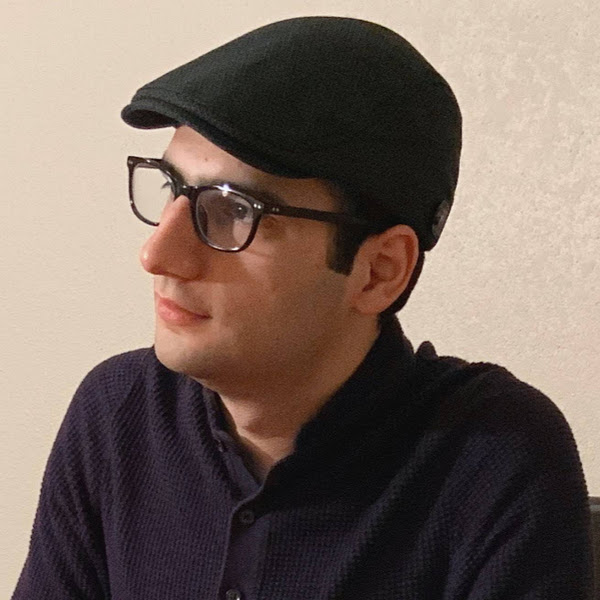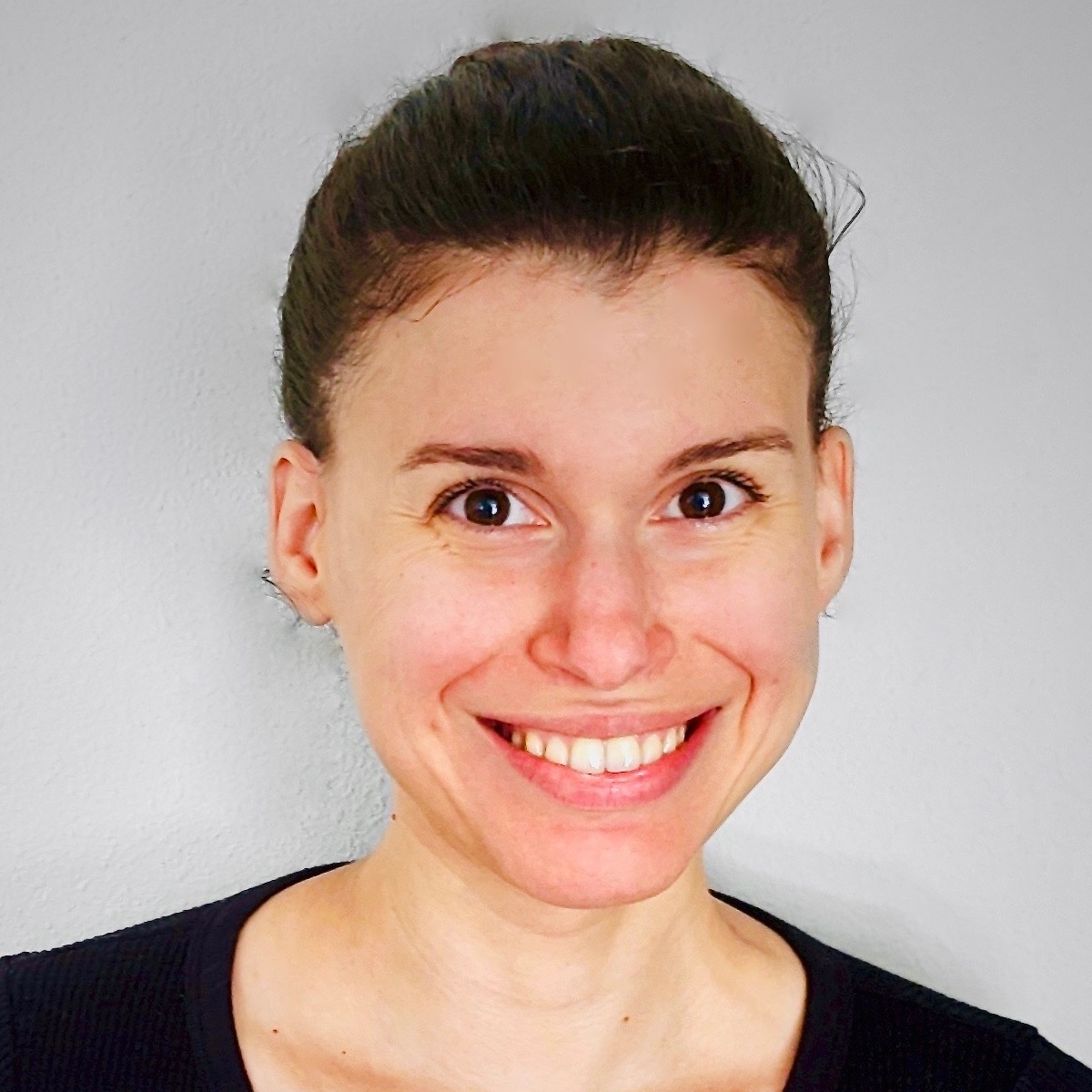Machine Learning for Genomics Explorations (MLGenX)
Our limited understanding of the biological mechanisms underlying diseases remains a critical bottleneck in drug discovery. As a result, we often lack insights into why patients develop specific conditions, leading to the failure of many drug candidates in clinical trials. Recent advancements in genomics platforms and the emergence of diverse omics datasets have sparked increasing interest in this field. The primary objective of this workshop is to bridge the gap between machine learning and genomics, emphasizing target identification and emerging drug modalities such as gene and cell therapies and RNA-based drugs. By fostering interdisciplinary collaboration, we aim to advance the integration of these disciplines and accelerate innovation in drug discovery.
📢 MLGenX Workshop will take place on Sunday April 27th in Room Garnet 212–213!
Schedule
Tentative Speakers & Panelists
Accepted Papers
Camera Ready Instructions
An email with instructions for uploading camera-ready submissions will go out mid-March 2025. To prepare your camera ready, please use the MLGenX 2025 template style.
- The authors can use one additional page beyond the page limit specified during the submission (9 pages for main/special track papers and 5 pages for tiny track papers). This extra page can be used to appropriately address the comments received during the review process.
Important Dates
All deadlines are 11:59 pm UTC -12h ("Anywhere on Earth"). All authors must have an OpenReview profile when submitting.
- Submission Deadline (Main and Special Tracks - Up to 8 pages):
February 12, 2025February 16, 2025 - Submission Deadline (Tiny Papers Track - Up to 4 pages): February 23, 2025
- Acceptance Notification: March 5, 2025
- Camera-Ready Deadline: April 24, 2025
- Workshop Date: Sunday, April 27, 2025
Organizers
Student Organizers





















